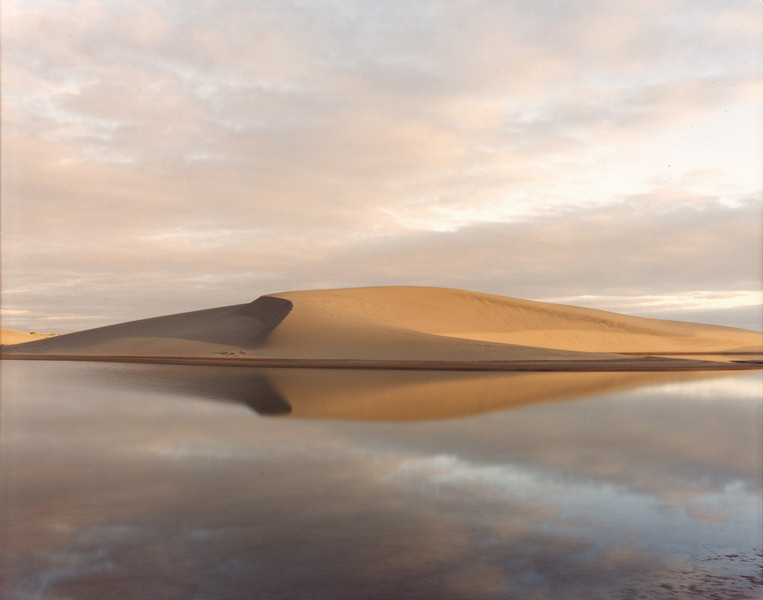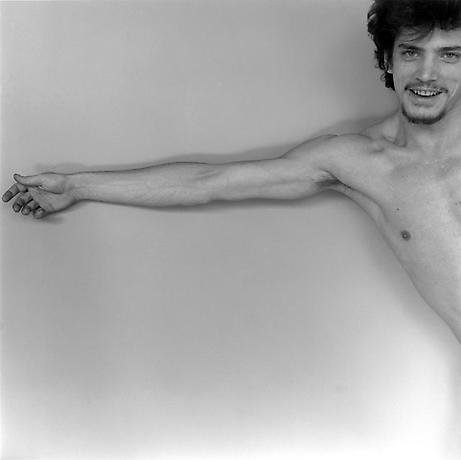The object of this assignment is to plan and execute a set of images of people in some form of meaningful activity.
This could be work, sport, a stage performance (music, drama), or at a social event.
I am supposed to produce a set of approximately 10 final, selected images, and I can choose between depicting the same person (or small group) at different kinds of activity, or different people at the same single activity or event.
I am requested to concentrate especially on two aspects: on telling moments, and on ‘explaining’ the activity (which means choosing viewpoint, framing and timing to make the actions as intelligible as possible).
In my learning log:
• Critically assess my finished work. Consider each piece individually.
• Identify what has worked well and what has been less successful and analyse the reasons for this.
With its 25,000 spectators every year and more than 50 jazz and blues acts performed across 11 open-air stages and in 12 cafés and restaurants in the lower part of the capital during the course of the evening, the "Blues'n Jazz Rallye" is considered to be one of the most popular event in Luxembourg.
This year the evening had a dry and steamy weather, the streets and squares were teeming with life as people socialised and danced along to the free live acts at what was the 20th edition of the event.
My plan was to shoot the event as a street photography exercise, looking for colour and action, including some occasional candid portraits.
The brief asked for images that explain the activity and for telling moments; I will explain how I feel the images I have selected meet these needs in the notes accompanying each photograph.
I believe that what worked well was my choice of the event and therefore my overall photographic work.
During the evening I took a total of 717 photos in about 4 hours (from 6 p.m. to 10 p.m.) of shooting session.
The evening was rather warm, around 25-28 degrees, but overcast with occasional sun resulting in very varying shooting conditions, any shots including the sky blew out and I was forced to reject some good moments as too much white invaded the frame.
A very important aspect of the event that I had anticipated and that was successful was that it was very participatory, anyone could join in and march, including photographers, therefore I was able to get very close to the bands.
Obviously, this enabled me to capture images at a wide range of focal lengths and often to explain my work to the participants exchanging our point of views and different artistic experiences.
What really did not work was a major mistake that I did and that, after few years of photography, I am almost ashamed to confess.
Before leaving for the session, I completely forgot to check the batteries of my camera and when I arrived at the event I realised that my batteries were half empty.
Luckily, I had with me my old Pentax and I managed to finish my last hour of work with that.
This mistake impacted the result of my shooting in terms of quality, as my Pentax is definitely less performant than my Canon (see Image 8 and 9).
Image 1.
f 2.8, 1/80 sec, ISO 250, 70 mm
Image 1 reminds me about the first stanza of William Blake's poem "The Tyger":
"Tyger! Tyger! Burning bright
In the forests of the night,
What immortal hand or eye
Could frame thy fearful symmetry?"
I like the movement of the singer, voluptuous and very feminine, soft like the movement of a tiger in the forest.
I also appreciate her cycloptic eye: black, intense and dream-full.
And I find very interesting the allegedly "fearful symmetry" given by the lines in the background.
Image 2.
f 2.8, 1/40 sec, ISO 125, 48 mm
In order to shoot Image 2 I had to climb behind the stage of this band and I was lucky enough to manage without being courted by the security service.
I think that the perspective "from behind" is rather interested, but what I really like is the black veiled stage effect.
In particular, I think that the grain of the veil and its horizontal line at the bottom give a special charme to the image.
Image 3.
f 3.5, 1/50 sec, ISO 100, 28 mm
Rarely I laughed so much during a photo session!
While on the stage a band full of energy was trying to draw the audience into a hard rock trip, this drunken funny guy was dancing in front of them catalysing everybody's attention.
I adore his very original and funny dress, his chicken posture and, of course, the contrast between him and the very cool band in the background.
I am not sure about the effect of the strong spotlight on the top, but I decided not to correct it because, even if it could distract the viewer, I considered it an important part of the scene adding drama to the stage.
Image 4.
f 4.5, 1/125 sec, ISO 100, 55 mm
Taking this photo from behind was easier than taking Image 2 as this band was playing its energetic jazz on a sort of round platform in the middle of the street.
I like the very casual look of this middle-aged British drummer (I know he is British because I spoke with the band before they started their concert).
I also appreciate his hat, worn with nonchalance despite the temperature, and his other spare hat just beside him, just in case...
Moreover, I think that the out of focus foreground and the free sky in the background in front of him give depth and a sort of serenity to the picture.
Image 5.
f 4, 1/45 sec, ISO 400, 28 mm
When I saw the stretched arm of the singer framed by the iron bars of her stage I simply had to shoot.
Her arm reminds me my favourite photo by Robert Mapplethorpe in one of his most famous self portraits (see my post dated 21 June 2014).
Clearly here the atmosphere is different, the saturation of colours, the quality of the subject and, above all, the quality of the photographer.
However, I feel that there is something similar in the gesture, in its intensity and lightness, in the expression of the moment, almost post-orgasmic instant.
Like in Image 1, I find also very interesting the frame given by the lines in the foreground.
Image 6.
f 4, 1/45 sec, ISO 400, 18 mm
Image 6 is supposed to depict innocence and (a sort of) failure.
The lower half of the image shows the innocence of a lonely child looking at the concert.
His posture, the light and the colours are almost angelic and the blond young boy seems completely absorbed by the music and the atmosphere.
He is alone with his enchantment, nobody and nothing is around him.
The upper part of the photo shows the band playing deploying the maximum of technical and artistic effort to attract the audience.
They even have a multinational sponsoring instruments and performance.
This is in a way their little failure: so much effort for only one spectator.
But the boy really looked amused!
Image 7.
f 3.5, 1/45 sec, ISO 400, 18 mm
Jupiter, father of all gods replaces the head of this tuba player with his white halo of music and celebration.
I like the shot also because it reminds me a similar photo from Henry Cartier-Bresson (even if, here again, the quality of the photographers is clearly not comparable).
I like how the shot is framed and the nice contrast between the colours.
However, I do not think this is the best image of the series mainly because it lacks of narrative.
Image 8.
f 4, 1/60 sec, ISO 1600, 31 mm
Image 9.
f 4, 1/45 sec, ISO 1600, 31 mm
Image 8 and 9 have been taken with my old Pentax for the reason I mentioned above and, in my opinion, the quality of the photo is affected accordingly.
Contrary to my Canon which has a lens with an aperture of 2.8, my Pentax is equipped with a lens which has only an aperture of 4 and in the evening I had to increase the ISO to compensate the lack of light.
Therefore, I think that both images suffer of a high level of noise due to the high ISO (1600) I had to use.
I tried to correct this issue in post production, but I think that the result is still not good enough.
However, I like very much both images for their narrative: the humanity of the look of the funny bearded tuba player and the intensity of the trumpeter.
I also think both photos are interestingly framed.











































